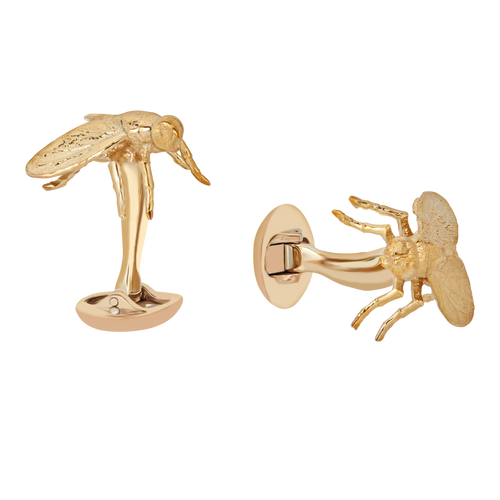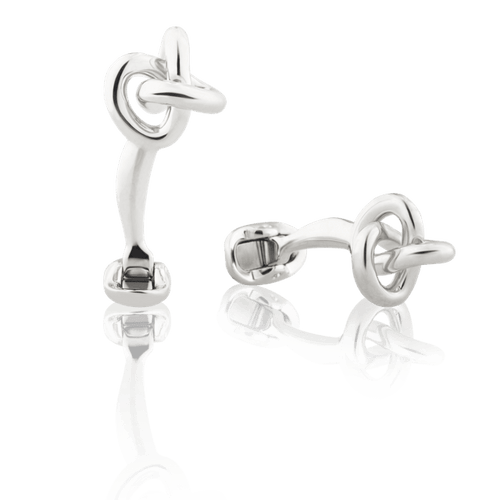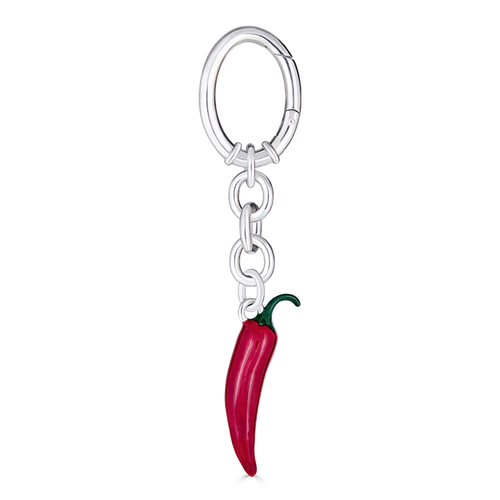The FU Guide's Guide: Fall Layering Part I
The current, enlightened era of men’s style has revealed fall as the one true best season for the fashionable gent, and the reason is layering. Layering season brings with it sound, climate-science-backed excuses to prepare for the world every day by wearing two or more of your closet’s choicest pieces at once. Not because you’re low-key striving to typify the Mr. Autumn Man ethos (not only that, at least), but because the range of weathers and quirky indoor climates you might encounter in a given fall day is wide and unpredictable. It’s one of those situations in life where necessity becomes the mother of invention, and where you can revel in being an enthusiastic, rakish inventor.
But while layering provides a lot of opportunity to look good out there, it can also entail a lot of moving parts and going overboard (the cardinal sin of the world of getting dressed). As with all things style, there are rules and guidelines. And even if you learn them just to break them, you’ve got to learn them first. Think of what follows as your field guide to impeccable layering through the pumpkin spiced months. Any morning you find yourself staring down at a bed layout featuring four kinds of sweaters, six types of shirts, that vest you’ve been looking for an excuse to debut, and every tie you own, think back to this, and you won’t go wrong.
THE STRUCTURE
You probably already own enough to create more layering combinations than you’ll ever have an excuse to wear, but while there’s more to the artform than just piling on one piece after another, it doesn’t have to be complex. If you remember nothing else, just keep in mind that you’re building an outfit, not receiving one fully formed and conceptualized from the style muses.
The only real trick to it is to make sure you start with something that looks good in a room-temperature setting, and that every subsequent piece results in a new, complete outfit that stands on its own and can be stripped back down as needed. You don’t have to have the entire kit in mind right off the bat—just keep experimenting and building. The great part about this way of thinking about the process of layering is that it applies to both casual and tailored clothes. The structure should go something like this:
Base Layer
What touches your skin. This could be a trusted, lucky undershirt beneath a dress shirt, or the henley working its strong, silent magic beneath a shacket. If you’re going with a tailored look, this layer will never be seen, so just focus on comfort and a close fit. In casual looks, the base layer can serve as an essential indicator of an outfit’s personality. Hell, for some guys, the jeans-and-tee-shirt ethos is a full-on identity. And that henley of yours can’t help but project masculinity, on its own or under a flannel button-up, while a long-sleeve crewneck tee can serve as a pop of color under an open button-up or just a barrier between you and a cashmere sweater.
Shirt Layer
Usually your button-up/down shirt. In a tailored setup, this is usually a white, colored or patterned dress shirt—perhaps a French Cuff shirt, a favorite element of ours for reasons we hope are obvious. In casual clothing, the shirt layer can be the outermost, while open over a tee or henley, or be popping out of the collar of a sweater as a lower layer of a preppier look.
Warmth Layer
The most autumnal of the layers, where the real layering happens. In this category go sweaters and vests of all kinds, along with shirt jackets, trucker jackets, blazers and sport coats, depending on the weather. This layer is also where you’ll often find the best fall-like materials, like corduroy, tweed, wool, flannel and cashmere—all fabrics that consistently make you wish you had more things made of them.
Outer Layer
From chunky shawl-collar cardigans to overcoats, this is the layer that prepares you for the harshest possible climatological outcome of your day. It’s the suede bomber over the rugby shirt on a crisp, sunny day, or the car coat or camel overcoat draped over your suit when it starts to get frosty.
Accessories
When we talk about layering, we’re talking about things that go on your torso. It’s up to you to make the right call on whether the rest of your setup calls for selvedge jeans and trench boots or silk trousers and brogues, and we trust you to do that. But ties, pocket squares, scarves, cravats and anything else (something to fasten your shirt cuffs, for instance) you might use to make a look pop all create new visual planes in your outfit, so they’ve got their own special slot in the layering hierarchy, usually as bits of contrast or complementary colors to your main layers.
...Now, take all that knowledge, absorb it, turn it around in your head, start dreaming in layers, and come on back next week, because we’re going to dive into color and texture theory in Part II of The Guide’s Guide to Fall Layering.






Leave a comment